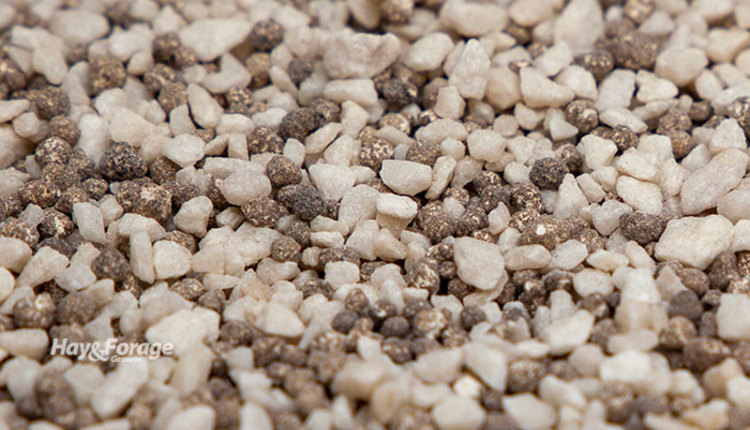
The concept of phosphorus and potassium “fixation” is often raised during discussions of potential forage fertilizer strategies. Fixation is thought of in terms of nutrients being bound in the soil and made unavailable for plant uptake.
“Nutrient fixation is often misunderstood to mean that once a nutrient is ‘fixed,’ it is lost forever and will never be available to the plant,” explains Dan Kaiser, an extension nutrient management specialist with the University of Minnesota. “While we know that reactions occur in the soil that can bind elements, the process of fixation is more about ‘retention.’ The so-called ‘fixed’ nutrients may become available at some point, but it can take time,” he added.
Kaiser explains that soil nutrients exist in three pools: labile, moderately labile, and nonlabile. Labile describes something that is easily changed. Nutrients can move between the pools, but this occurs more rapidly in the labile pool and may take much longer for the nonlabile pool.
Fixation processes differ
Potassium (and ammonium) ions get trapped or “fixed” in the outside layers of clay. As the clays shrink and swell, it affects the release of potassium into the soil solution where it is available for plant uptake. Even some of what we may consider fixed potassium eventually can be made available and taken up by plants.
The situation is different for phosphorus. In this case, phosphorus ions are highly reactive with other ions in the soil and can form compounds of different solubilities. This may occur with calcium in high pH soils and iron and aluminum in low pH soils. These compounds can be extremely insoluble. This is why amending soils to the proper pH can make phosphorus more available without adding additional fertilizer.
“There aren’t any ‘silver bullets’ to unlock fixed nutrients,” Kaiser asserts. “There are no biologicals that would allow us not to apply fertilizer or manure when additional nutrients are needed.”
“Fixed” nutrients may be better described as “retained” nutrients, according to Kaiser. He maintains that this pool is important and may be made available to a crop in a given year. However, the soil scientist also notes that research has not shown that accounting for some of the larger pools of nutrients in the soil is better than a routine soil test.
“Routine soil tests are still the best way to determine how much phosphorus and potassium are available to the crop at a given point in time,” Kaiser concludes.

